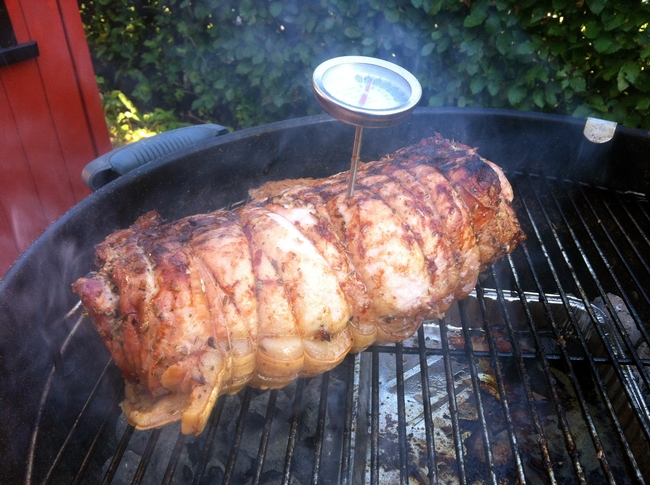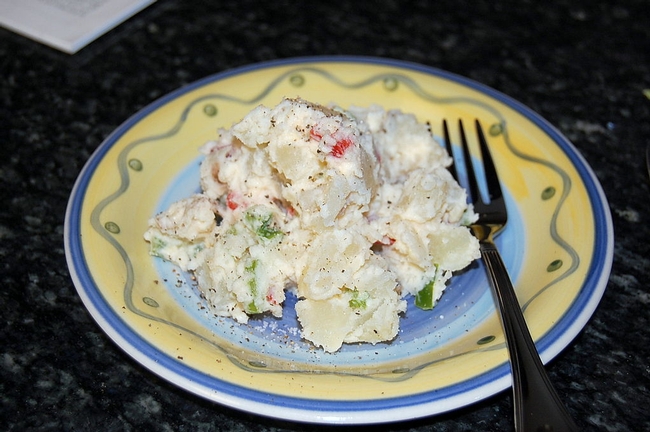Summer safety: Tips to avoid foodborne and heat illnesses
Happy summer! It's time to get the barbecue grilling and the pool party started. To keep your summer healthy and fun, UC ANR offers some important safety tips.
Food safety
Food poisoning is a serious health threat in the United States, especially during the hot summer months. According to the Centers for Disease Control and Prevention (CDC), 1 in 6 Americans suffer from a foodborne illness each year, resulting in thousands of hospitalizations and 3,000 deaths.
Both the CDC and U.S. Department of Agriculture (USDA) suggest four key rules to follow to stay food safe:
- Clean: Clean kitchen surfaces, utensils, and hands with soap and water while preparing food. Wash fresh fruits and vegetables thoroughly under running water.
- Separate: Separate raw meats from other foods by using different cutting boards. And be sure to keep raw meat, poultry, seafood and eggs away from other items in your refrigerator.
- Cook: Cook foods to the right temperature; be sure to check internal temperature by using a food thermometer.
- Chill: Chill raw and prepared foods promptly.
Here are some additional tips from the USDA. Be sure to check out the CDC's comprehensive food safety website, which also has materials in both Spanish and English. For food safety tips in real time, follow USDA Food Safety on Twitter.
Summer also means more outside grilling, which can pose unique food safety concerns. Before firing up the barbecue, check out these five easy tips from UC Davis.
Handling food safety on the road
Before you take off on a road trip, camping adventure or boating excursion, don't forget to consider food safety. You'll need to plan ahead and invest in a good cooler.
Remember, warns the USDA, don't let food sit out for more than one hour in temperatures above 90 degrees F. And discard any food left out more than two hours; after only one hour in temperatures above 90 degrees F.
If there are any doubts about how long the food was out, it is best to throw it out!
Get more food safety tips for traveling from the USDA.
Avoid heat illness
“Summer can be a time for fun and relaxation, but in warm climates, we need to stay aware of the signs of heat illness and help keep our family members and co-workers safe,” says Brian Oatman, director of Risk & Safety Services at UC ANR.
“UC ANR provides comprehensive resources on our website, but it's designed around California requirements for workplace safety.” But, Oatman notes, much of the information applies.
“The training and basic guidance – drink water, take a rest when you are feeling any symptoms and having a shaded area available – are useful for anyone at any time.”
To increase your awareness of heat illness symptoms – and to learn more about prevention – Oatman suggests a few resources.
“Our Heat Illness Prevention page has many resources, including links for training, heat illness prevention plans, and links to other sites. One of the external sites for heat illness that I recommend is the Cal/OSHA site, which spells out the basic requirements for heat illness prevention in the workplace. It's also available in Spanish."
For those on the go, Oatman also recommends the National Institute for Occupational Safety and Health (NIOSH) mobile heat safety app.



